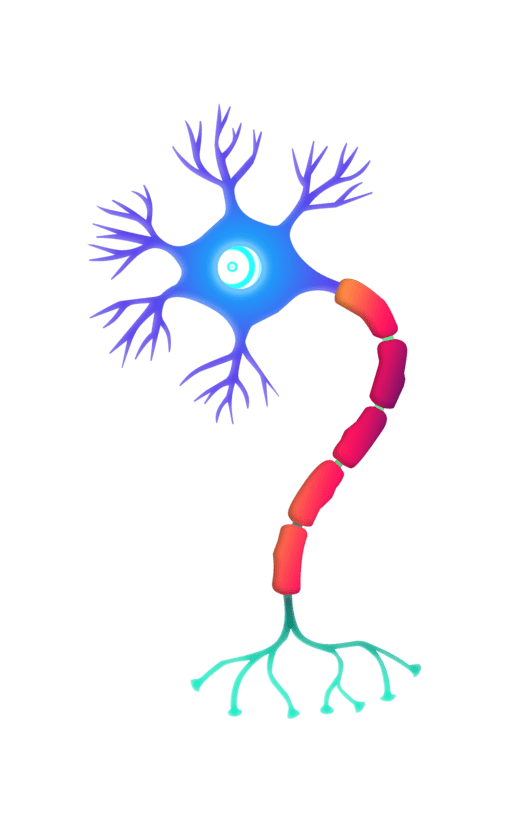What We Review
Introduction
Cell specialization, sometimes referred to as cell differentiation, is one of the most fundamental concepts in biology. It explains how a single fertilized egg can give rise to the diverse array of cells that make up a multicellular organism. Understanding how cells become specialized is essential for grasping broader biological concepts such as development, gene expression, and, ultimately, the complex interplay of functions within an organism. For AP® Biology students, a solid comprehension of cell specialization—which involves transcription factors, promoter regions, and differential gene expression—will be crucial for exam-day success.
What Is Cell Specialization?
Cell specialization is the process by which generic, unspecialized cells (like stem cells) develop into specific cell types with distinct structures and functions. Through this process, cells in multicellular organisms can perform specialized tasks—such as contracting in muscle tissue, transmitting electrical signals in nerve cells, or transporting oxygen as red blood cells. Key to this process is the selective activation or inhibition of genes within the cell’s genome.
The Process of Cell Specialization
A. Activation of Specific Genes
- Gene Regulation and Differential Gene Expression: Cells control their production of proteins by regulating which genes are transcribed and to what extent. This selective expression means certain segments of the genome are active in one cell type but silent in another.
- Role of Transcription Factors in Gene Activation: These proteins bind to specific DNA sequences and either enhance or inhibit the transcription of target genes. Different combinations of transcription factors contribute to the diversity of cell types.
B. The Promoter Region
- Definition and Function: The promoter region is a sequence of DNA that initiates the transcription of a gene. It is located just upstream of the gene and serves as a binding site for transcription factors and RNA polymerase.
- Binding Process: When transcription factors bind to the promoter region (along with other regulatory elements), they help recruit or block RNA polymerase, thereby determining if a gene is turned on or off.

C. Examples of Specialized Cells
- Muscle Cells: These cells contain a high density of actin and myosin filaments for contraction.
- Nerve Cells (Neurons): Characterized by long extensions called axons for transmitting electrical impulses.
- Blood Cells (Red Blood Cells): These disc-shaped cells lack a nucleus and are packed with hemoglobin, enabling effective oxygen transport.
The Role of Transcription Factors
A. Definition and Importance
Transcription factors are proteins that serve as master regulators of gene expression. They bind to DNA at promoter or enhancer regions and influence whether a gene gets transcribed into messenger RNA (mRNA). They are crucial because they ensure that the right genes are expressed at the right time and place during development and maintenance of tissues.
B. Positive vs. Negative Regulators
- Positive Regulatory Molecules: These factors activate transcription by helping form a stable transcription complex, increasing the rate of gene expression.
- Negative Regulatory Molecules: By contrast, these repress or block the assembly of the transcription machinery, reducing the rate of gene expression or completely preventing it.
Gene Regulation and Phenotypic Differences
How do cells with the same DNA end up looking and functioning so differently? The answer lies in gene regulation. The selective expression of certain genes leads to varied phenotypes (observable traits) in multicellular organisms. Even small changes in gene regulation—often influenced by small RNA molecules (e.g., microRNAs)—can have significant effects on an organism’s development and overall function. This is how cells develop unique roles, from forming protective barriers (skin cells) to mediating immune responses (white blood cells), and ensure that the body operates as an integrated whole.
Practice Problems and Examples
- Practice Problem – Short Answer
- Explain why cells in your skin, liver, and muscles can have the same DNA yet produce very different proteins and functions. In your answer, include the roles of transcription factors and promoter regions.
- Practice Problem – Multiple Choice
- Which of the following BEST describes the function of transcription factors in eukaryotic cells?
- A. They permanently alter the sequence of the DNA in specialized cells.
- B. They recognize specific promoter regions and regulate gene transcription.
- C. They produce ribosomes that carry out cell division.
- D. They degrade messenger RNA, preventing protein synthesis altogether.
- Which of the following BEST describes the function of transcription factors in eukaryotic cells?
(Correct Answer: B. Transcription factors recognize specific DNA sequences in the promoter region and help regulate the rate of gene transcription.)
Example Exploration – Nerve vs. Muscle Cells
- Nerve cells (neurons) express genes that produce neurotransmitters and ion channel proteins necessary for synaptic transmission.
- Muscle cells express genes that produce actin and myosin, enabling muscular contraction.
- Discuss the role of specific gene expression in facilitating the characteristic functions of each cell type.
Conclusion
Cell specialization underscores the incredible complexity and coordination within multicellular organisms. A single fertilized egg differentiates into countless, highly specialized cell types, each vital to the organism’s survival. For AP® Biology students, mastery of these concepts is not only key for exam preparation but also forms a cornerstone for understanding genetics, development, and physiology. Further exploration—through reading, practice questions, or interactive simulations—will help reinforce these ideas and prepare you for higher-level biology courses.
By engaging with questions and examples, you will develop a deeper understanding of cell specialization and its significance in both biology and your AP® exam preparation. Happy studying!
Sharpen Your Skills for AP® Biology
Are you preparing for the AP® Biology test? We’ve got you covered! Try our review articles designed to help you confidently tackle real-world math problems. You’ll find everything you need to succeed, from quick tips to detailed strategies. Start exploring now!
Need help preparing for your AP® Biology exam?
Albert has hundreds of AP® Biology practice questions, free response, and full-length practice tests to try out.








